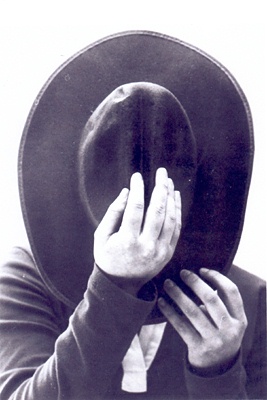All Nonfiction
- Bullying
- Books
- Academic
- Author Interviews
- Celebrity interviews
- College Articles
- College Essays
- Educator of the Year
- Heroes
- Interviews
- Memoir
- Personal Experience
- Sports
- Travel & Culture
All Opinions
- Bullying
- Current Events / Politics
- Discrimination
- Drugs / Alcohol / Smoking
- Entertainment / Celebrities
- Environment
- Love / Relationships
- Movies / Music / TV
- Pop Culture / Trends
- School / College
- Social Issues / Civics
- Spirituality / Religion
- Sports / Hobbies
All Hot Topics
- Bullying
- Community Service
- Environment
- Health
- Letters to the Editor
- Pride & Prejudice
- What Matters
- Back
Summer Guide
- Program Links
- Program Reviews
- Back
College Guide
- College Links
- College Reviews
- College Essays
- College Articles
- Back
Why You Shouldn't Read Watchmen: Noir
The original Watchmen was a famous 12-issue series about a superhero murder mystery conspiracy in a alternate world where said superheroes have altered the course of history by writer Alan Moore, artist Dave Gibbons, and colorist John Higgins, the series is still published in a graphic novel format of which has been thought to be a exploitation of a legal agreement between Moore and DC comics where DC (the book’s publisher) would give up the rights once they officially stop publishing the series, which is something no publisher of such a classic would actually do. One of these more deluxe attempts at reprints is “Watchmen: Noir”, and just looking at the sample pages found in comixology makes me wince and wonder why this was made (though if later pages prove me wrong, you now have a pretty good idea why).
Basically, from what I could tell, they just took every color that wasn’t black and replaced it with white. I could just describe it as a “black and white version of the original” if there wasn’t so many other things they could’ve done to make Watchmen: Noir a better “black and white version of the original”. Sure, in theory, since black and white are opposites, and the contrast of “opposite” (usually referred to as complementary) colors makes them easily distinguishable AND this could possibly put more emphasis on the blacks of the books artwork, that should create a good shadowy atmosphere to the book. But instead, not only does it put more of a emphasis on the whites, making it look more like a obscure, lower budget indie comic that didn’t have the budget to add in color AND lacked the artist to make the limited palette to make something TRULY special and thus just makes the presentation lack a certain punch (more on that later), but DC comics has a higher budget for it’s actual comics production value than your average unaltered manga of which contains artwork that better utilizes the color palette through screentones (a series of dots and lines used to create effects like the illusion of shades of grey being used in the artwork) (though the lower production quality can be attributed to the fact that the budget behind the scenes includes more worker handling smaller details, not to mention the fact that they’re sometimes originally published weekly through magazines (with lucky series earning their chance to utilize the color pages)).
Long story short, DC could’ve got a expert on screentones or a artist to readjust the actual blacks and whites of the original book to create Watchmen: Noir just to make it worth buying as a black & white version of a great comic book with linework that was essentially already outshined by John Higgins’s colors. That’s another problem with Watchmen: Noir, it expects you to be satisfied with taking away the best part of the original’s visuals. The most prominent example being the red, panicky tone used in flashbacks of the Comedian contrasting to the more coveintial palette (of which ironically had a lot of secondary colors with the intent to contrast itself from other comics at the time).
Either way, Watchmen: Noir is probably just to capitalize on anyone expected anything more from a black and white version of the original Watchmen than overpriced (you can get the colored version for cheaper, especially on comixology, assuming you’re not resorting to used physical copies) proof of the importance of coloring in comics by presenting readers with its absence in a comic great coloring.

Similar Articles
JOIN THE DISCUSSION
This article has 0 comments.

also, it will show DC that they can't just do pull off lazy stunts like this.